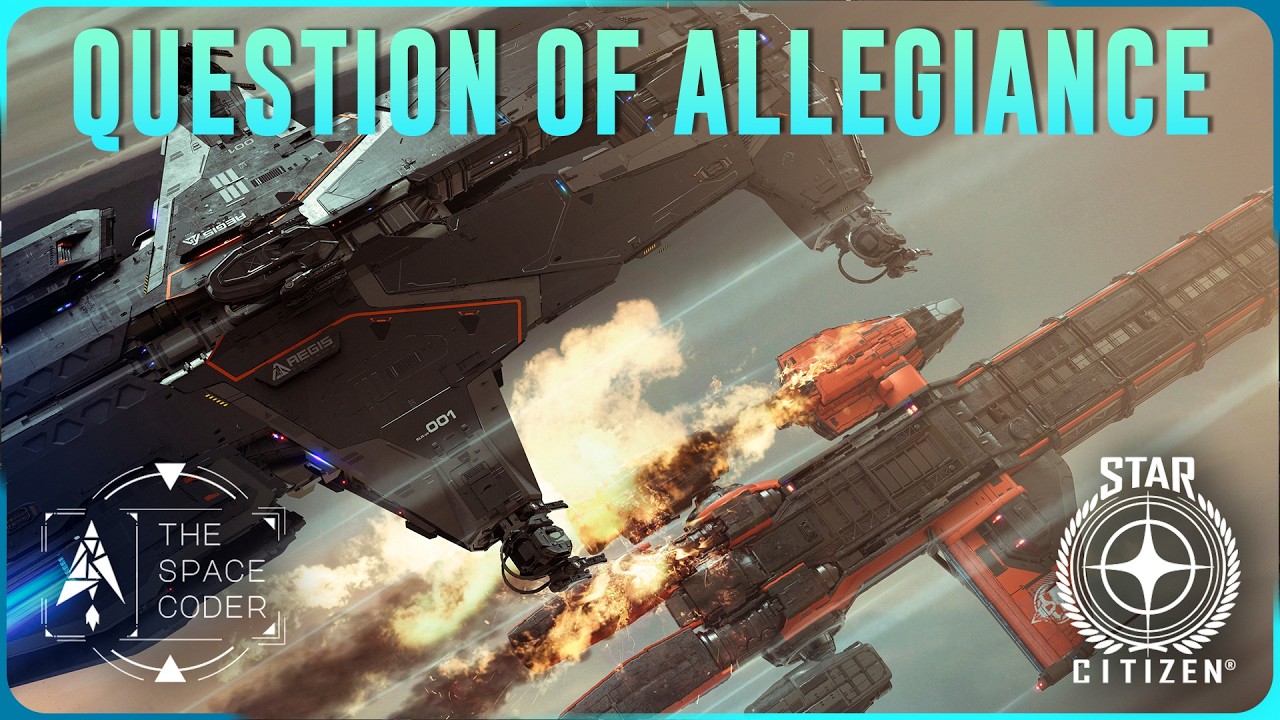The video discusses the upcoming faction and reputation system for Star Citizen’s 1.0 release, highlighting the introduction of various guilds that players can align with to earn reputation and unlock rewards. It addresses the challenges faced by larger organizations in choosing a single guild to align with and suggests potential solutions to allow for more flexibility in representing multiple gameplay focuses.
In the video, the host discusses the upcoming faction and reputation system planned for Star Citizen’s 1.0 release. The game will feature multiple factions, each covering different gameplay aspects, with some overlap in gameplay types but differing in legality or location. These factions will be organized into several guilds, such as industrial, sports, mercenary, and research guilds. The introduction of these guilds aims to enhance the game’s lore, provide structure to player interactions, and serve as a framework for players to progress towards obtaining citizenship in the United Empire of Earth (UEE).
Reputation plays a crucial role in character development within Star Citizen. Players will earn reputation by completing missions from various guilds, which will unlock rewards such as higher mission payouts and access to exclusive items or areas. The video suggests that while individual reputations can be gained, there may not be a hard limit on how many factions players can align with. However, players will need to manage their time effectively, as reputation could decay over time, necessitating consistent engagement with the factions.
The video also highlights a new aspect of the reputation system concerning player organizations. Each organization can align with a specific guild, allowing them to gain reputation collectively as their members complete missions. The organization would receive a fraction of the reputation gained by individual members, potentially unlocking perks from the aligned guild, such as access to special missions or equipment. This system encourages organizations to specialize in certain gameplay areas, although it does not completely restrict them from engaging with other factions.
A significant challenge arises for larger organizations that have diverse gameplay focuses. For example, an organization with thousands of members divided into divisions for industrial, exploration, and mercenary gameplay may struggle to choose a single guild to align with. The leadership would need to consider the implications of aligning with one guild, which could alienate members focused on other gameplay aspects. The video suggests that allowing larger organizations to align with multiple guilds could alleviate this issue, providing a more flexible and manageable system.
The host concludes by speculating on potential solutions for large organizations, such as splitting into multiple organizations while maintaining a unified presence. This would allow each division to align with the most relevant guild while still collaborating under a common structure. However, players can only represent one organization at a time to access the associated reputation perks. The video emphasizes the need for CIG (Cloud Imperium Games) to consider these dynamics as they develop the organization tools, hinting at the possibility of rewarding organizations based on size or achievements in the future. The host invites viewers to share their thoughts on the guild alignment system in the comments.
